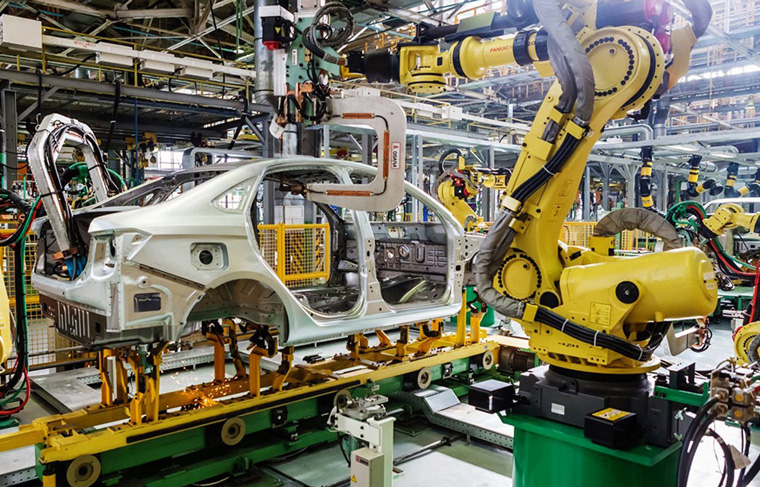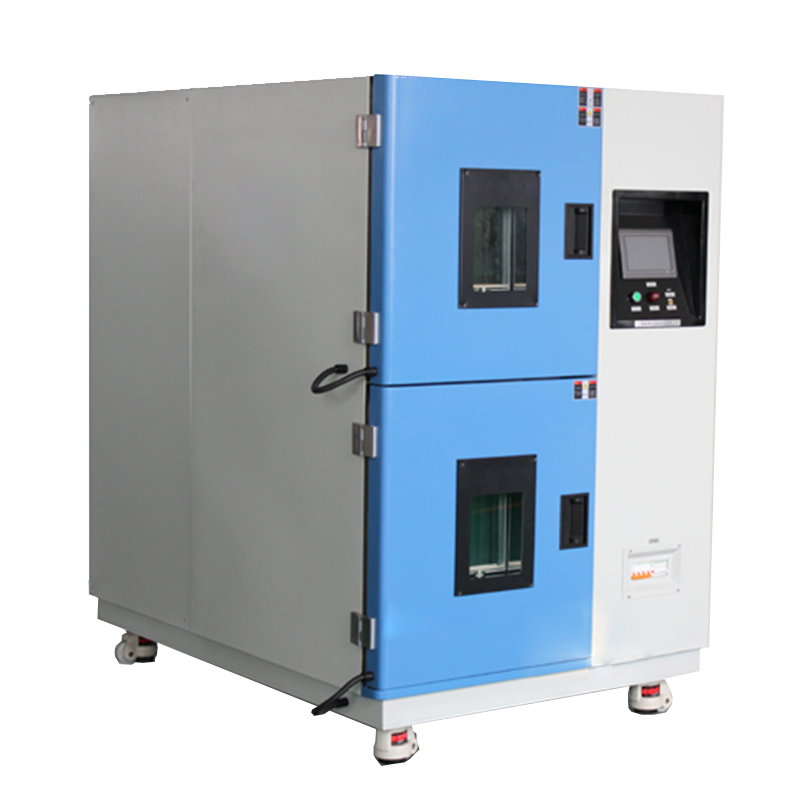The automotive industry relies on rigorous testing methodologies to ensure component reliability under extreme environmental conditions. Thermal shock testing represents a critical element within this framework, specifically designed to evaluate the resilience of automotive parts against rapid temperature variations. This process subjects components to alternating high and low temperature extremes in a controlled, accelerated manner, simulating years of thermal cycling within a condensed timeframe.
Thermal shock test chambers facilitate this evaluation through precise operational mechanisms. These systems typically consist of two independently controlled temperature zones—one for high temperatures and one for low temperatures—and a transfer mechanism that rapidly moves test specimens between them. Transition times are minimized, often within seconds, to achieve the desired thermal shock effect without gradual stabilization. This rapid transition is critical for inducing the mechanical stresses that components experience in real-world applications, such as a car operating in cold climates after being parked in sunlight or engine components undergoing sudden heating during operation.
The primary objective of thermal shock testing is to identify potential failure modes arising from coefficient of thermal expansion (CTE) mismatches, material fatigue, solder joint integrity, connector failures, or sealing compromises. Automotive components, including electronic control units (ECUs), sensors, connectors, engine parts, and lighting systems, are susceptible to failure when exposed to repeated thermal cycling. These failures may manifest as cracking, delamination, electrical malfunction, or loss of mechanical integrity.
Test parameters are strictly defined based on automotive standards, such as those outlined by the International Organization for Standardization (ISO), the Automotive Electronics Council (AEC), or original equipment manufacturer (OEM) specifications. Common test conditions involve temperature extremes ranging from -40°C to +125°C or beyond, with dwell times sufficient to achieve thermal stability throughout the test specimen. The number of cycles—often hundreds or thousands—is determined based on the expected lifecycle of the vehicle and the severity of the operating environment.
The evaluation process begins with visual inspection and functional testing of components before exposure. After predetermined intervals of cycling, components are removed for intermediate checks. These assessments include electrical functionality tests, mechanical integrity verification, and microscopic examination for material defects. Advanced monitoring systems within modern thermal shock chambers allow for in-situ performance tracking during testing, providing real-time data on parameters such as resistance, capacitance, or communication signals for electronic components.
Data derived from thermal shock testing provides valuable insights for design improvement, material selection, and manufacturing process validation. Identifying weaknesses at the validation stage enables engineers to implement design modifications, select more compatible materials, or improve assembly techniques before mass production. This proactive approach reduces the risk of field failures, warranty claims, and recalls, thereby enhancing product safety and brand reputation.
Furthermore, thermal shock testing supports compliance with automotive safety and quality standards. Regulatory bodies and OEMs require demonstrated component reliability under extreme conditions as part of type approval and qualification processes. Test reports generated from these evaluations form an essential part of the technical documentation required for market access.

In manufacturing quality control, thermal shock test chambers are used for batch testing and failure analysis. Sampling production units for thermal stress screening helps identify process variations or material inconsistencies that could affect long-term reliability. This application is particularly important for safety-critical systems, such as braking, steering, or airbag control modules, where failure is not an option.
The technological evolution of thermal shock test chambers has enhanced testing accuracy and repeatability. Modern systems feature programmable logic controllers (PLCs), touch-screen interfaces, data logging capabilities, and safety interlocks. Multi-zone designs with nitrogen cooling or cascaded refrigeration systems achieve faster temperature recovery rates and broader temperature ranges, accommodating the increasing demands of electric and autonomous vehicle components.
In the context of electric vehicles (EVs), thermal shock testing assumes even greater importance. Battery modules, power inverters, and charging interfaces experience significant thermal loads during operation and fast charging. Ensuring these systems can withstand repeated thermal shocks without degradation is vital for performance, safety, and longevity.
Thermal shock testing remains an indispensable practice in the automotive industry for validating component durability. By exposing parts to extreme thermal transitions, engineers can uncover failure mechanisms, drive design improvements, and ensure compliance with international standards. As automotive technology advances toward higher electrification and autonomy, the role of thermal shock test chambers in guaranteeing reliability and safety becomes increasingly critical.













